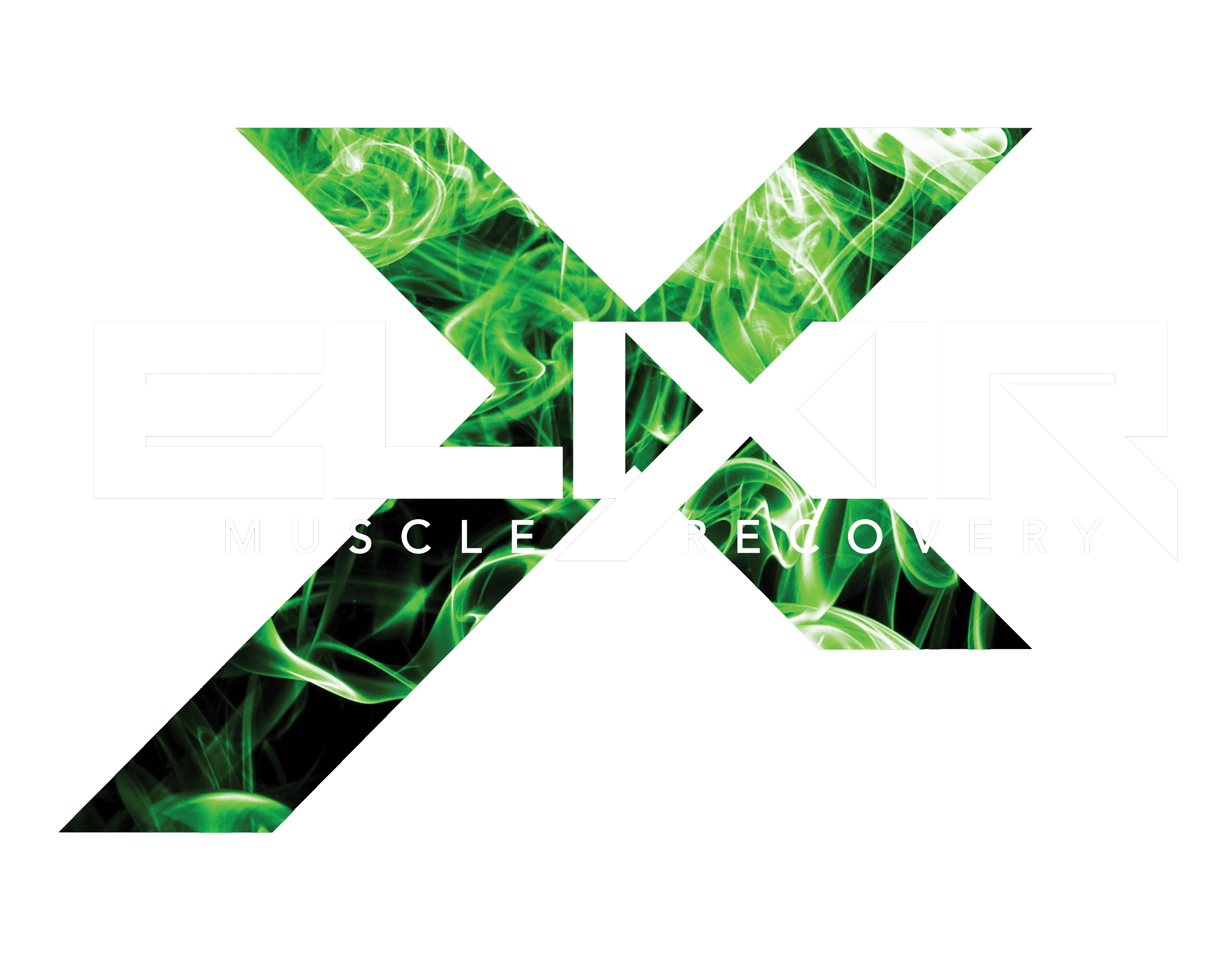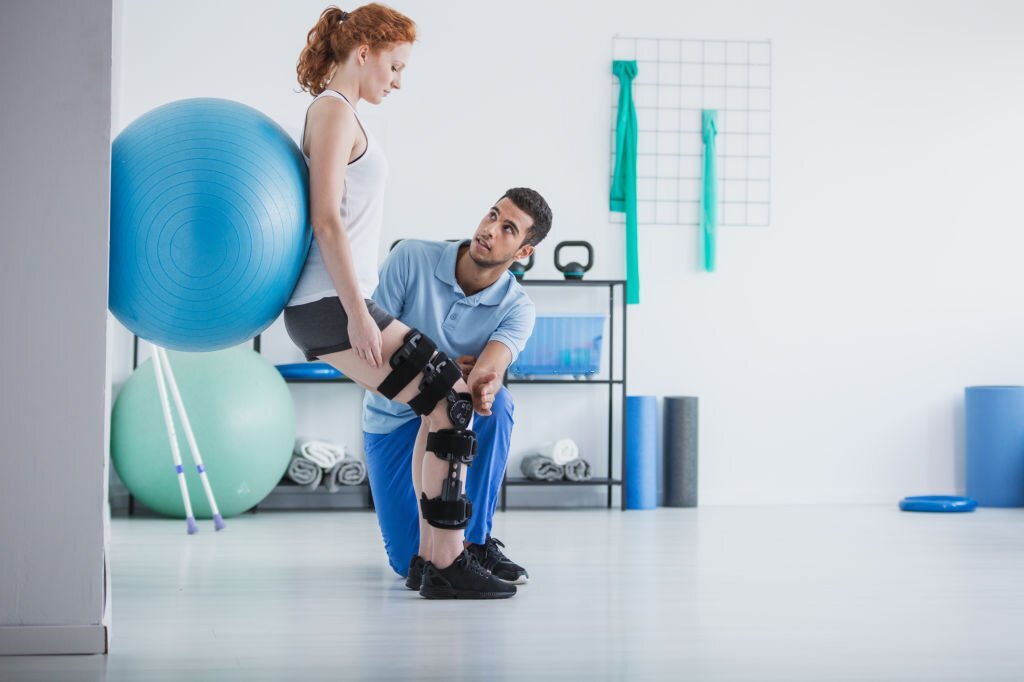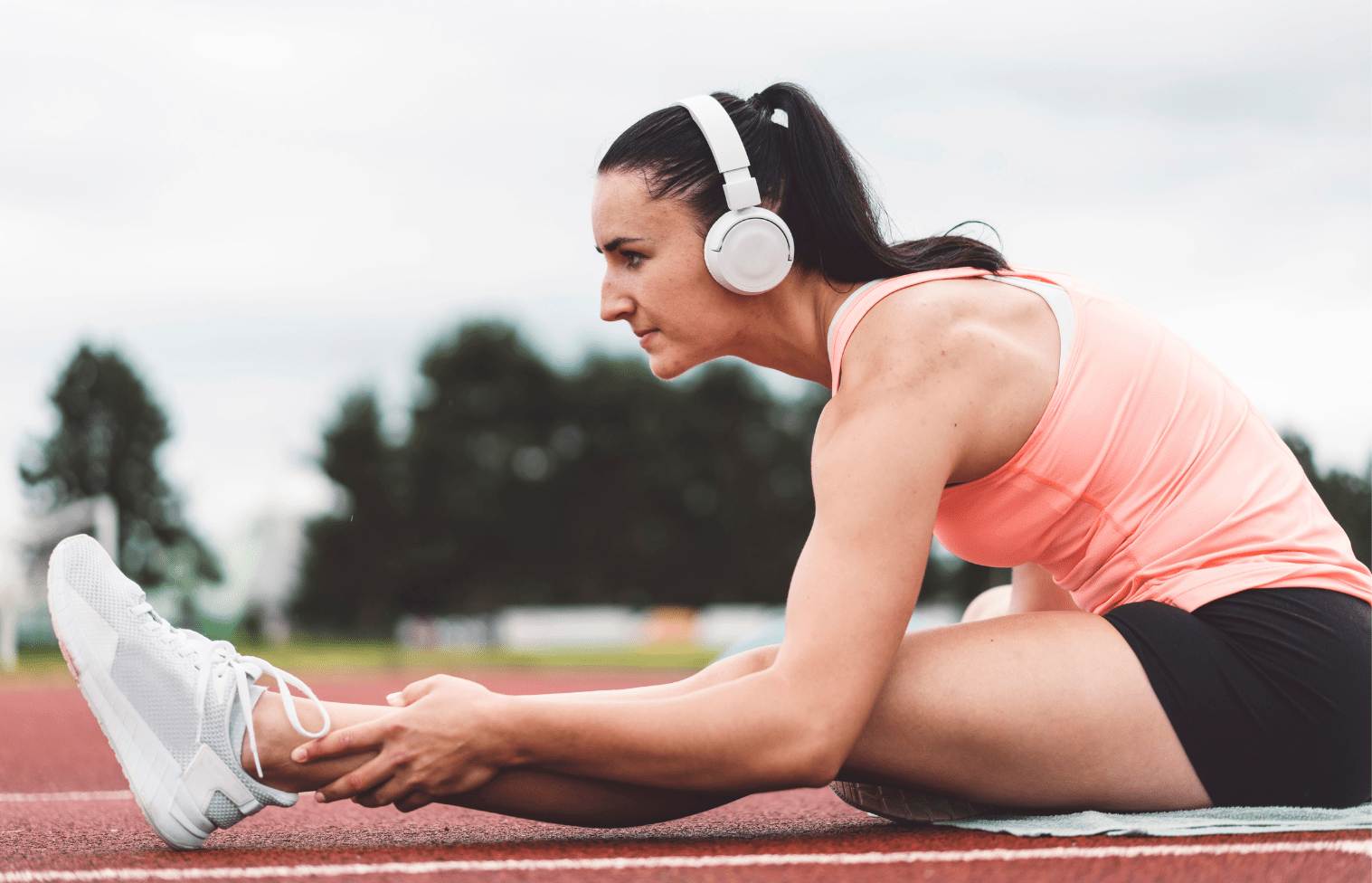With young athletes, our goal is always to find the most efficient sports recovery methods with the least side effects. That way, they can enhance their athletic performance, recover quickly, and minimize future risks of injuries.
Red light therapy is one such non-invasive technology. While it’s not new, it has gained some serious traction in recent years, and for good reason. From post-workout benefits to injury recovery — this technology has proven itself worthwhile.
What Red Light Therapy Is?
Let’s first get a clear notion of red light therapy and how it works.
This technology uses low-powered lights (hence it’s also called low-level laser therapy or LLLT) to help enhance the body’s healing process and minimize injuries.
It relies on the heat from the light, which is near-infrared and can penetrate the skin. Consequently, the heat doesn’t harm the skin, but the human body can absorb it.
The idea is that this light then propels the ATP (Adenosine Triphosphate) production in your cells by triggering the mitochondria. The ATP supply is often lacking when the body is fatigued, requiring more energy during healing.
And given its non-invasive nature, red light therapy has become a common method to keep the body in shape or recover from injuries.
What are Some of the Benefits of Red Light Therapy?
With the basics out of the way, let’s move on to the advantages red light therapy can provide.
- Increased Blood Circulation
Red light therapy stimulates the release of nitric oxide (NO) from the blood vessels. The nitric oxide then results in vasodilation (when the blood vessels widen). It lasts even after a few hours of therapy.
This understandably increases the blood flow to the damaged cells and tissues of the body.
As a result of the enhanced blood circulation, more oxygen and nutrients flow to the problem area. This helps quicken recovery and allows the tissues and muscles to heal faster. Additionally, it allows the lymphatic system to remove waste products much quicker.
Many experts suggest red light therapy before the workout as well. It ensures better muscle oxygenation during exercise — allowing young athletes to perform longer without fatigue.
- Assistance in Pain Relief

Be it from injuries or intense training, pain is familiar to athletes.
Inflammation is one of the common culprits for pain. Red light therapy stimulates the release of anti-inflammatory elements and reduces inflammatory cytokines — aiding in pain relief.
This method also stimulates the release of hormones like endorphins, which play a crucial role in pain control. As a result, athletes’ pain perception changes positively by affecting the brain’s receptors.
Since it also boosts the recovery and regeneration of the tissues and muscles, quicker healing time also means speedier pain relief.
- Reduced Muscular Fatigue
Thanks to the jam-packed schedules of today’s athletes, constant fatigue is nothing unusual. If athletes can delay that fatigue, they can push harder during training or maintain their performance for longer. Hence, minimizing fatigue is vital to squeeze the most out of their effort.
As mentioned, red light therapy boosts energy production in cells, which is necessary for the muscles to recover. Secondly, vasodilation allows more oxygen and nutrients delivered to the damaged muscles.
According to a study, athletes who underwent red light therapy experienced less muscular fatigue than those who didn’t. This is why combining pre- and post-workout red light therapy can greatly improve fatigue.
- Treating Joint Pain

Athletes go through repetitive wear and tear throughout their careers, and it’s impossible to eliminate that entirely. Hence, issues like tendonitis or arthritis aren’t too uncommon. Red light therapy can provide relief for this too.
As mentioned, this therapy can stimulate muscle relaxation. When the muscles are relaxed, there’s less tension around the joints around them, which helps improve mobility and reduce pain in the joints.
Secondly, red light therapy stimulates collagen synthesis, vital for all joints or connective tissues. Collagen synthesis can help improve flexibility and reduce joint stiffness, positively affecting tendons and ligaments. This means RLT plays a role in reducing joint issues and relieving pain.
- Reduced Risks of Injury
Red light therapy can extend the time to exhaustion, reduce fatigue, and quicken healing. As a result, the muscles, ligaments, or tendons are less likely to be over-stressed by workouts or competitions — reducing the possibility of injuries.
Furthermore, this therapy can enhance athletes’ flexibility and range of motion. This reduces any stiffness and helps with tissue extensibility. As a result, there are fewer risks of spraining or straining.
Some studies have also shown that red light therapy can help bone health. It’s known to stimulate osteoblasts, which play a crucial role in skeletal development. Due to improved bone health, red light therapy reduces potential fractures or injuries in high-stress sports.
- Muscle Growth and Strength Build-Up

Not only does this therapy help muscles to recover from injuries and fatigue, but it can also enhance their growth and strength.
Protein synthesis is critical for muscles to grow and heal, as protein is their building block. Photobiomodulation is known to enhance this synthesis and counteract muscle protein breakdown or MPB that occurs when athletes perform or train.
MPS, or muscle protein synthesis, results in amino acids binding to muscle proteins, which results in muscle growth. Protein breakdown is crucial for building muscles, as that damage and repair cycle strengthens muscles.
Red light therapy enhances the repair and growth process, enhancing muscle development and strength.
- Red Light Therapy and Sleep
Sleep is absolutely vital for athletes to heal overnight and maintain their shape. Furthermore, it also consolidates memories, meaning athletes need sleep to properly utilize their training and experiences.
According to a study run on a team of basketball players, red light therapy helped athletes achieve better sleep and higher melatonin levels during sleep (as compared to athletes who received a placebo).
Hence, this therapy can also help prevent sleep inertia, promote healing through sound sleep, and help athletes make the most out of their training.
My Last Words
For athletes, being able to push themselves harder without reducing the risks of injuries and fatigue is a dream come true.
The benefits of red-light therapy on young athletes are manifold: reduced fatigue, quicker healing, and enhanced performance. Add its non-invasive nature to the list; this therapy can work wonders.



